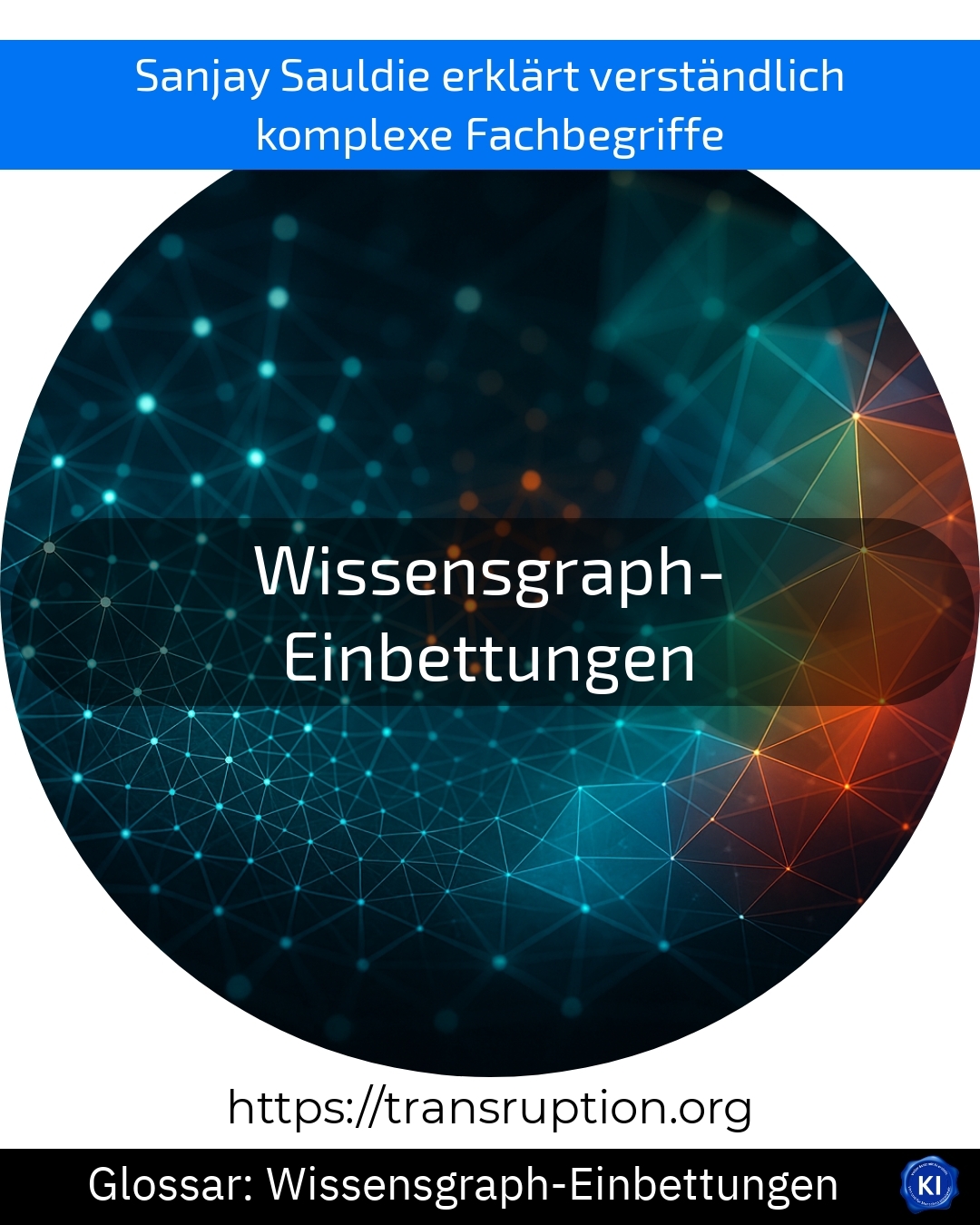Knowledge graph embeddings are part of the world of artificial intelligence and are also becoming increasingly important in the field of big data and smart data. They help to link large amounts of information in such a way that computers can better understand and utilise it.
Imagine a knowledge graph as a huge network in which knowledge is connected as nodes - for example, people, places and things. Knowledge graph embeddings convert these nodes and their relationships into mathematical values so that algorithms can work with them efficiently. This makes it possible to recognise hidden connections in data and provide better recommendations or search results.
A simple example: an online shop would like to suggest specific products to customers. With knowledge graph embeddings, the system can recognise that a customer who likes to buy "outdoor jackets" might also be interested in "hiking boots" because the two terms are closely linked in the knowledge network. This makes suggestions more personalised and appropriate.
For companies, the use of knowledge graph embeddings means that they can gain even more useful insights from their data and organise their processes more intelligently.















